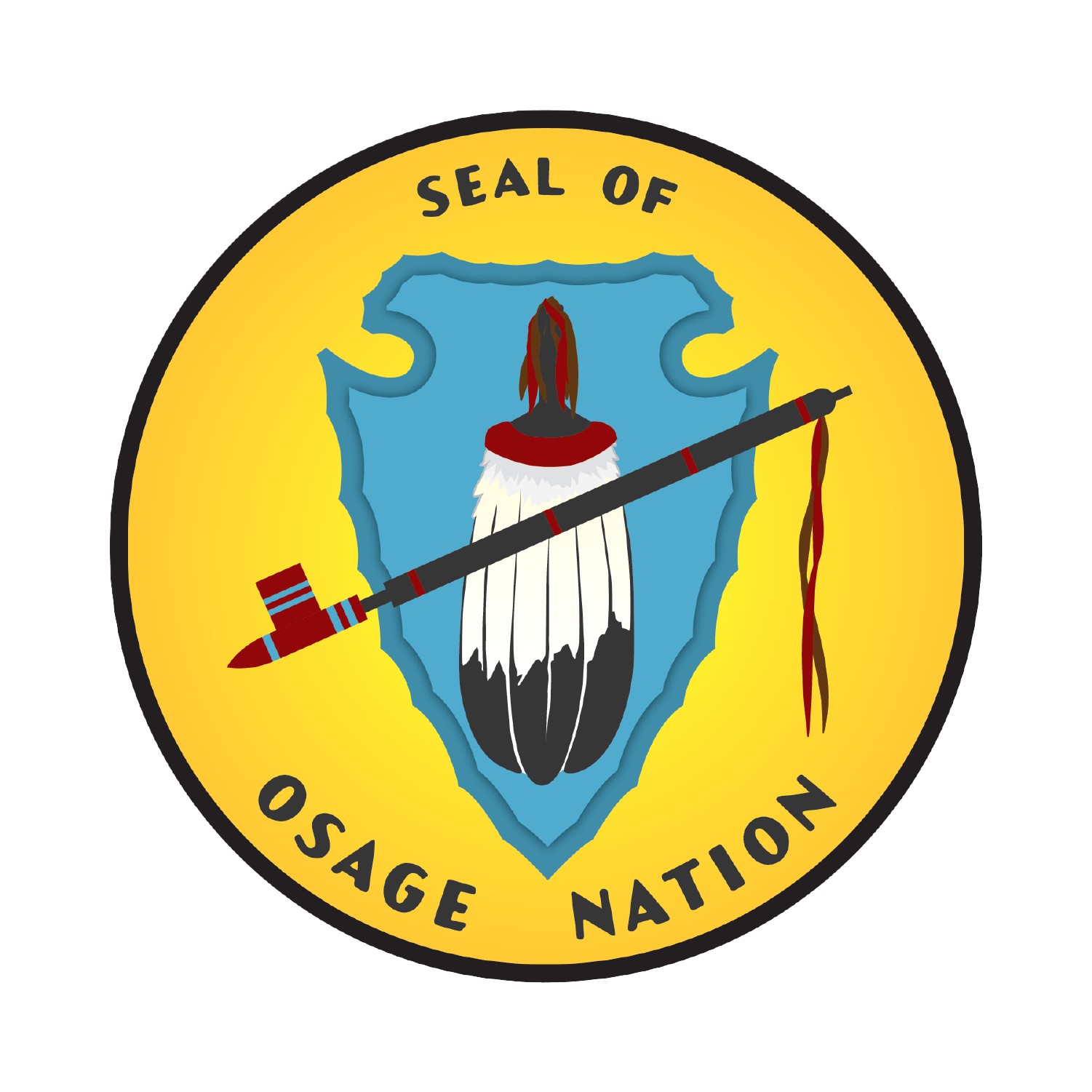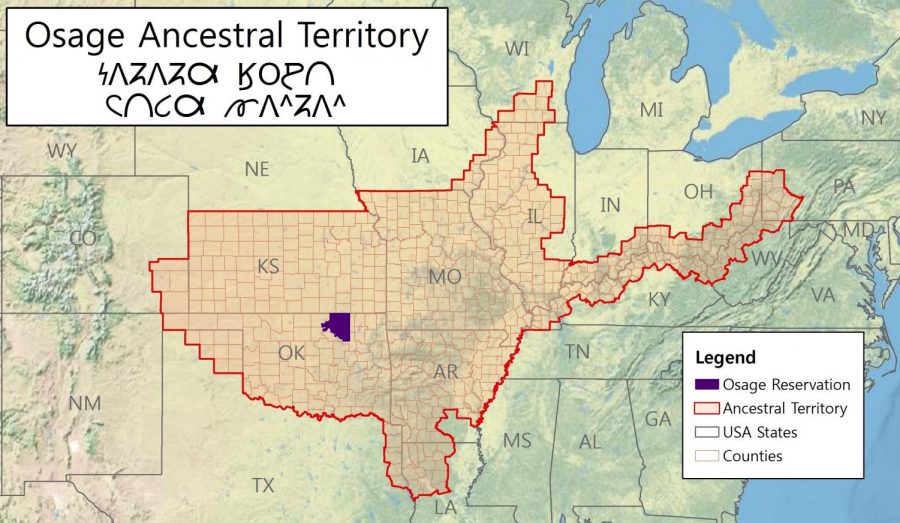
From Oil Riches to Enduring Self-Governance: The Resilient Journey of the Osage Nation
PAWHUSKA, Oklahoma – In the rolling hills of northeastern Oklahoma, amidst the echoes of bison herds and the whispers of ancient traditions, stands a testament to resilience, strategic governance, and an enduring commitment to self-determination: the Osage Nation. Far from being a relic of the past, this sovereign tribal government operates with a sophisticated structure, managing vast resources, fostering economic development, and nurturing a vibrant cultural identity for its more than 23,000 enrolled members worldwide.
The Osage story is unique in the annals of Native American history, marked by both immense wealth and profound tragedy, ultimately forging a people fiercely dedicated to controlling their own destiny. Their journey from forced removal to becoming, for a time, the wealthiest people per capita in the world, and then to establishing a robust modern government, offers a compelling narrative of adaptation, perseverance, and the inherent power of sovereignty.

A Legacy Forged in Oil and Blood
The Osage people originally inhabited lands spanning across Missouri, Kansas, Arkansas, and Oklahoma. Through a series of treaties and forced removals in the 19th century, they eventually purchased their own reservation in what would become Oklahoma, a shrewd act that would later prove to be their salvation. Unlike many tribes whose lands were allotted and then opened to non-Native settlement, the Osage retained communal ownership of their underground mineral estate.
Then, in the early 20th century, the earth beneath their feet revealed its secret: vast reserves of oil. Suddenly, the Osage became extraordinarily wealthy, receiving royalties from oil leases and production, distributed through a system of "headrights" – shares in the mineral estate held by individual Osage citizens. News reports of the era marveled at their prosperity, with Osage families driving luxury cars, building grand homes, and sending their children to prestigious universities.
But this sudden wealth also drew a sinister shadow. The 1920s saw the infamous "Reign of Terror," a period where numerous Osage people, particularly those with headrights, were systematically murdered in a chilling conspiracy to inherit their fortunes. The Osage Nation lost an untold number of its citizens, a trauma that remains deeply etched in their collective memory. It was a brutal lesson in the vital necessity of self-governance and protection.
"The Reign of Terror was not just a dark chapter; it was a brutal lesson in the vital necessity of self-governance and controlling our own affairs," states Principal Chief Geoffrey Standing Bear in a recent interview, his voice carrying the weight of history. "It solidified our resolve that we must always be the masters of our own destiny, managing our resources and protecting our people."
Building a Modern Nation-State
Out of this tumultuous past, the Osage Nation has emerged as a formidable governmental entity. While the federal government initially exerted significant control over Osage affairs, including their finances, the tribe steadily reasserted its sovereignty. A pivotal moment came in 2006 with the ratification of their new constitution, which established a modern, three-branch government: executive, legislative, and judicial.
The Executive Branch is led by the Principal Chief and Assistant Principal Chief, who serve four-year terms. They are responsible for implementing tribal laws, managing day-to-day operations, and representing the Nation in external relations. Chief Standing Bear, a former Assistant Principal Chief and a lawyer with deep roots in the community, has championed economic diversification, cultural revitalization, and greater self-determination.

The Legislative Branch is the Osage Nation Congress, composed of twelve members elected at large, serving four-year staggered terms. This body is responsible for creating and amending tribal laws, approving budgets, and providing oversight of the executive branch. Their work encompasses everything from healthcare policy and environmental regulations to cultural preservation initiatives and economic development strategies.
The Judicial Branch consists of the Supreme Court and lower courts, interpreting Osage law and resolving disputes within the Nation’s jurisdiction. This independent judiciary is crucial for upholding the rule of law and protecting the rights of Osage citizens, further solidifying the Nation’s inherent sovereignty. "Our tribal courts are a vital expression of our self-governance," explains a tribal legal official. "They ensure that justice is administered by and for the Osage people, according to our own laws and values."
Economic Powerhouse and Diversification
The Osage Nation’s economic strength is a cornerstone of its self-sufficiency. While the mineral estate continues to provide revenue, the Nation has strategically diversified its portfolio, moving beyond sole reliance on oil and gas royalties.
The most visible facet of their economic empire is Osage Casinos, a chain of seven gaming facilities across Oklahoma. These casinos are not merely entertainment venues; they are powerful economic engines, generating significant revenue that is reinvested directly into tribal programs and services.
Beyond gaming, the Osage Nation owns and operates a diverse range of businesses, including cattle ranching, a thriving tourism sector centered around the historic Tallgrass Prairie Preserve and the town of Pawhuska, and a growing presence in renewable energy. The Nation has invested in solar farms and explores wind energy opportunities, aligning its economic goals with environmental stewardship.
"We are not just managing wealth; we are building a sustainable future for the next seven generations," emphasizes a member of the Osage Nation Congress. "Every dollar generated is a dollar that can be used to improve healthcare, expand educational opportunities, preserve our language, and strengthen our community."
Nurturing Culture and Community
The Osage Nation government is not solely focused on economics and political structure; it is deeply committed to the well-being and cultural vitality of its people. Significant resources are allocated to programs designed to preserve and revitalize the Osage language, which faced extinction but is now experiencing a resurgence thanks to immersive language schools and community classes.
The Osage Nation Museum, located in Pawhuska, serves as a vital repository of Osage history, art, and culture, attracting visitors from around the world and educating both Osage citizens and the public about their rich heritage. Traditional dances, ceremonies, and arts are actively supported and celebrated, ensuring that cultural practices are passed down through generations.
Healthcare is another top priority. The Nation operates its own health services, providing comprehensive care to its members, often filling gaps left by federal programs. Educational initiatives range from early childhood development programs to college scholarships, ensuring that Osage youth have the resources to pursue their academic aspirations. Elder care services provide support and dignity to the Nation’s revered senior citizens.
"Our government exists to serve our people, in every aspect of their lives," says an Osage elder and community leader. "It’s about nurturing the spirit of the Osage people, ensuring our language is spoken, our stories are told, and our children have every opportunity to thrive."
Challenges and the Path Forward
Despite its successes, the Osage Nation faces ongoing challenges. Like all tribal governments, it navigates a complex jurisdictional landscape, constantly asserting its sovereignty in relation to state and federal governments. Protecting its land and natural resources from external threats, including climate change impacts, remains a perpetual concern. Internally, balancing traditional values with modern governance, ensuring equitable distribution of resources, and engaging a geographically dispersed population are continuous efforts.
The Osage Nation’s future vision is rooted in continued self-determination, economic prosperity, and cultural resilience. They aim to expand their influence in areas like environmental protection, enhance their judicial system, and continue to be a leading example of tribal sovereignty in action.
As the sun sets over the Osage reservation, casting long shadows across the prairie, it illuminates not just the land, but the enduring spirit of a people who have faced adversity with unwavering courage. The Osage Nation is more than a tribal government; it is a living, breathing testament to the power of self-governance, a beacon of resilience, and a powerful force shaping its own destiny, one generation at a time. Their story is a powerful reminder that sovereignty is not granted; it is inherent, fought for, and perpetually exercised.


